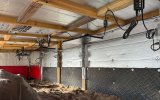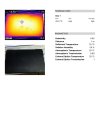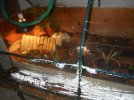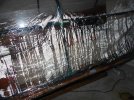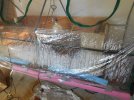Mikki
Active Member
What is your opinion on using the Chicken Brooder Heat Panels?Hi Tom,
My tort is about 35 lbs now. The enclosure is 4x4, however I set up an area in his corner that he likes for the mat & for a RHP to either hang OR mount it under the wooden roof that is obviously now mounted to the wall so he has a ceiling over the corner area, the mat in the corner and now I am wanting to get the RHP for for the top heat. I know it got down to 38 degrees last night and the 700 watt mini oil filled heater probably is not going to keep the whole enclosure at a comfortable ambient heat. I know he will be warm in his corner, but as far as the rest of the enclosure should he want to move off the mat, I do not know what to use to give a nice ambient heat for him.
